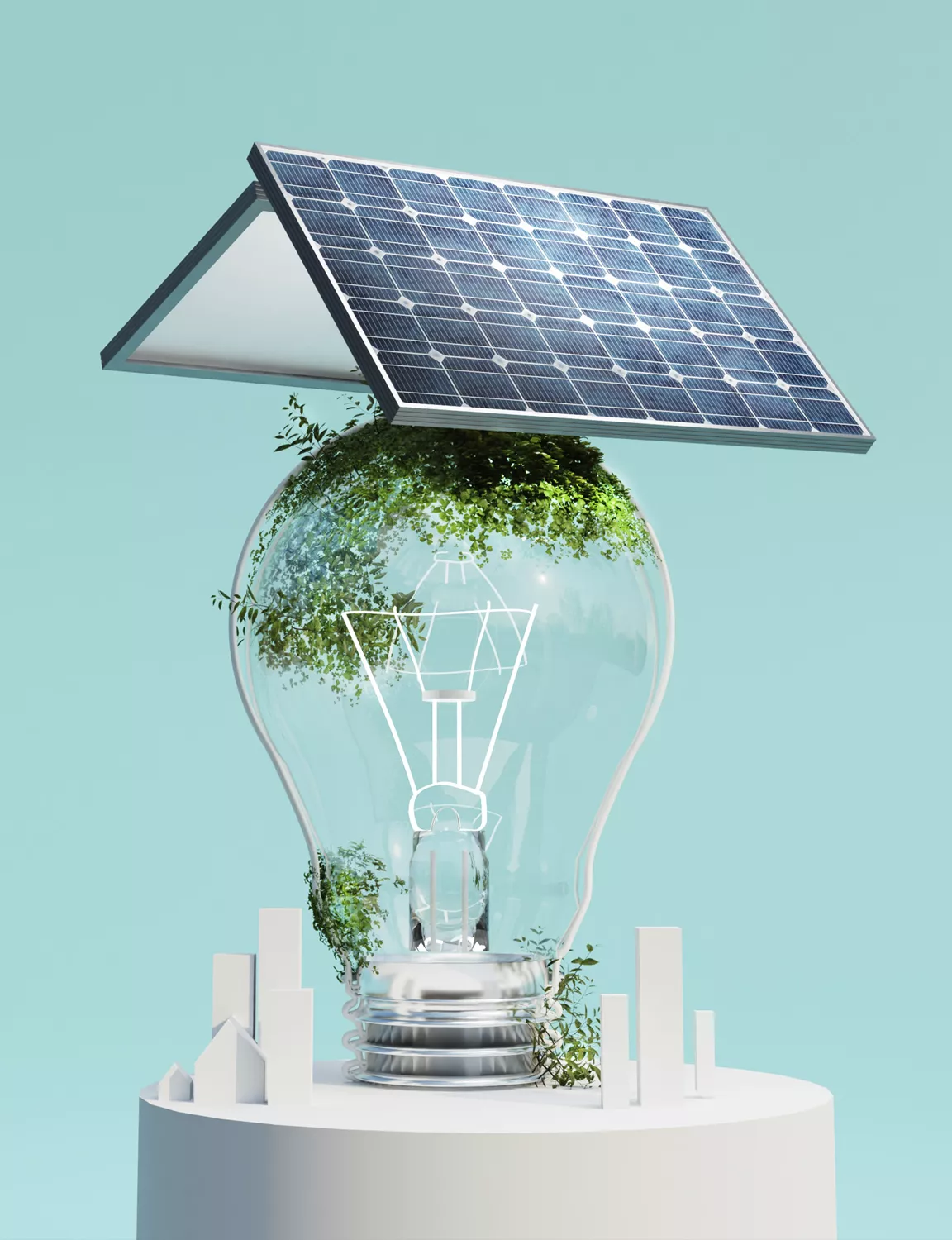The balancing act between economic efficiency and environmental protection
In a world increasingly shaped by technological progress and where climate change, trouble spots and resource scarcity affect all areas of life, electrical engineering plays a prominent role. In this context, the need for ecological sustainability and energy efficiency is becoming ever more pressing. Electrical engineering companies are faced with the challenge of developing innovative solutions that are not only progressive but also environmentally friendly. With the Federal Climate Protection Act, the German government has significantly tightened the requirements with the “Intergenerational Contract for the Climate” and is calling for climate neutrality in Germany by 2045. The target: CO2 emissions are to be reduced by 65% by 2030 – compared to 1990 levels. When the topic of sustainability is applied to electrical engineering, issues such as supply chain optimisation, near-sourcing and proximity to the end customer market all come to the fore.
Reaching these goals is a complex task. The major challenge is to manage the balancing act between fulfilling customer satisfaction and thereby ensuring business success on the one hand and the required ecological responsibility on the other.
There are a number of variables that can be adjusted to achieve the set goals. The optimisation process begins with the correct design of the project planning phases. Plant operation can be improved using simulation models of components. The process also involves utilising innovative technologies to make production more economical and sustainable. Intelligently dovetailing development and production enables companies to offer a comprehensive portfolio. This means high synergy effects, short distances, optimised pooling and resource sharing. This also benefits quality assurance. Expertise in the optimisation of automation processes also ensures safe, state-of-the-art and networked production, which helps to conserve resources.
The fast response time, which allows innovations to be implemented immediately, and effective, flexible service also ensure sustainability. Especially technically complex products that require many ECOS (engineering change orders) should be integrated into production quickly and effectively, as any delay leads to higher material costs and a waste of resources. This is because parts that have already been purchased may no longer be used in the next step – in the next product version. Standardised and manufacturer-independent modular solutions also help to conserve resources because only the necessary parts need to be replaced for updates or repairs, allowing the basic system to remain in operation and product cycles to be shortened.
A distribution chain designed for proximity and efficient logistics are key factors on the road to climate neutrality. For example, it is important to dispense with air freight wherever possible and to avoid long distances between the production site and the target market. Rethinking packaging materials is also required to save on costs and resources.
Generally speaking, production should no longer be seen as an independent, isolated process. It is an important and dynamic component of the value chain and is in constant interaction with the achievement of sustainable corporate goals. Sustainability is a global issue – which is why lively collective dialogue with other experts on innovative technologies is a must when it comes to progress and ecology.





